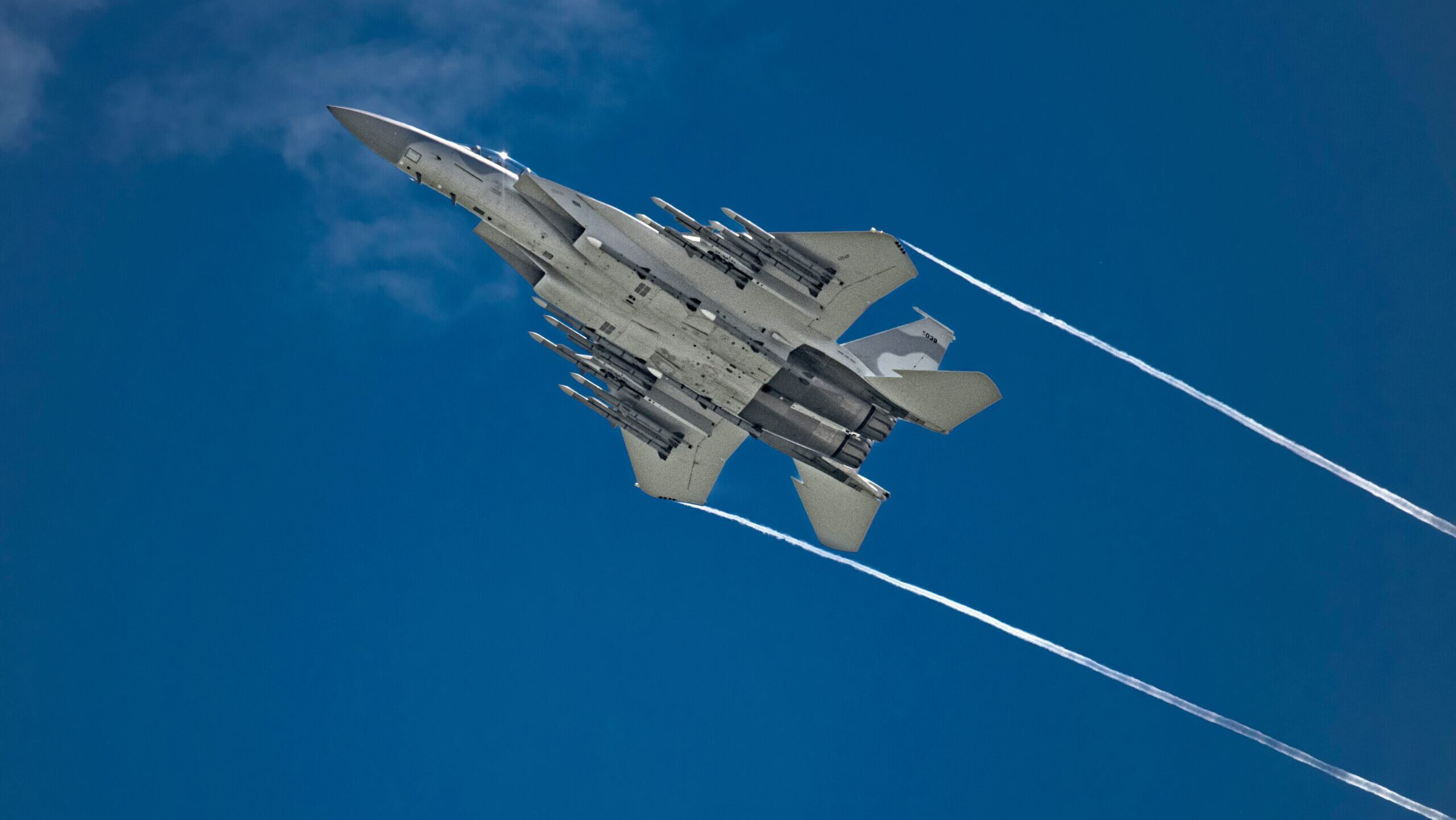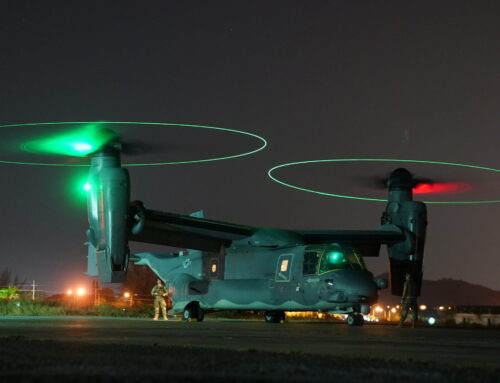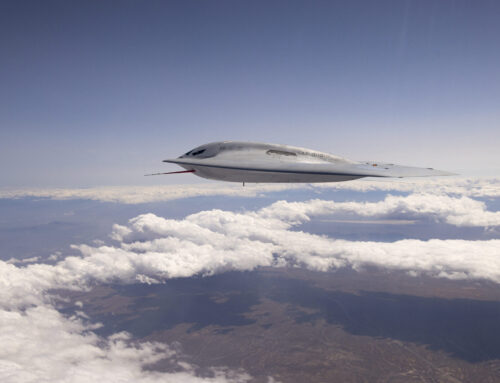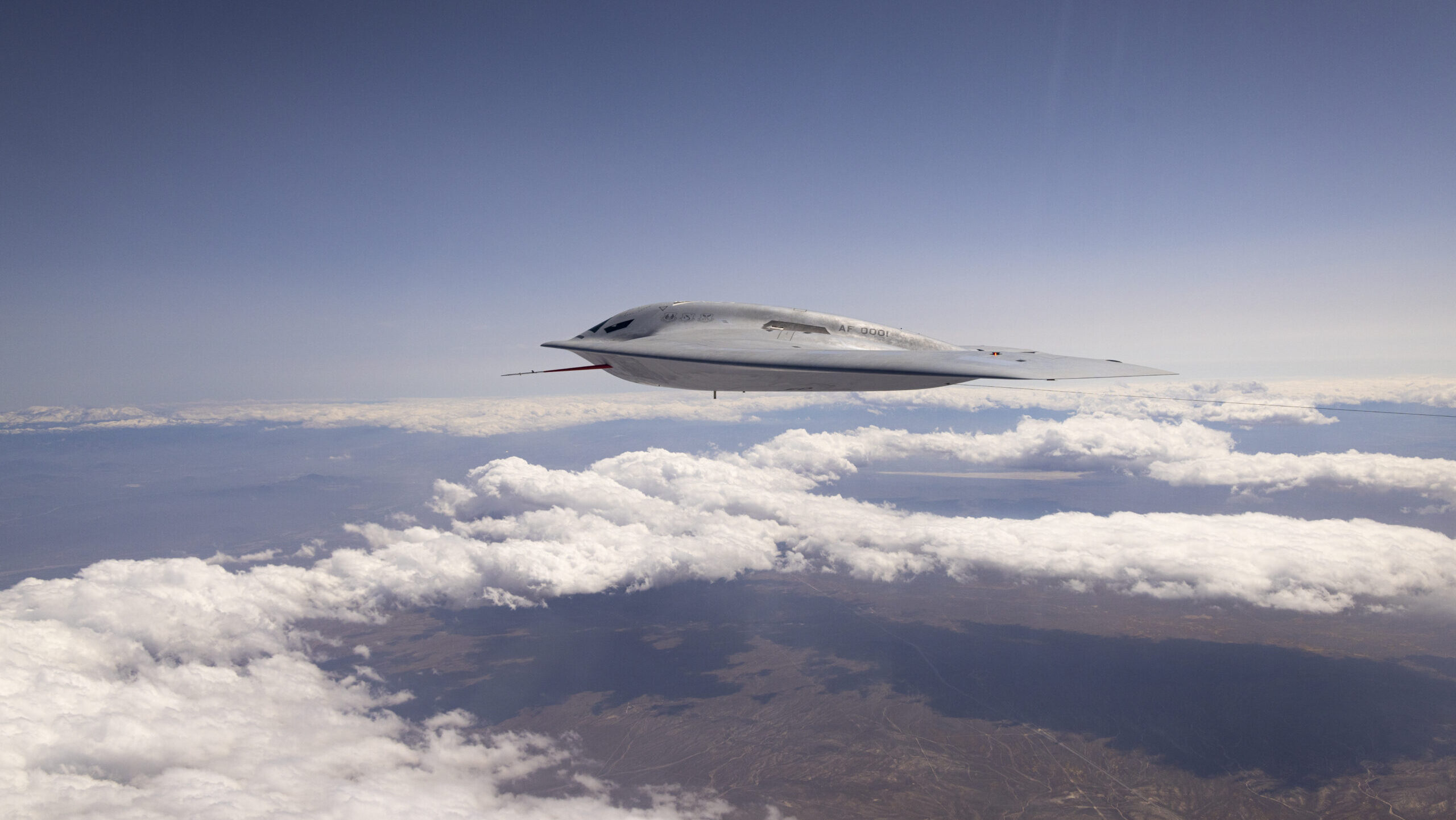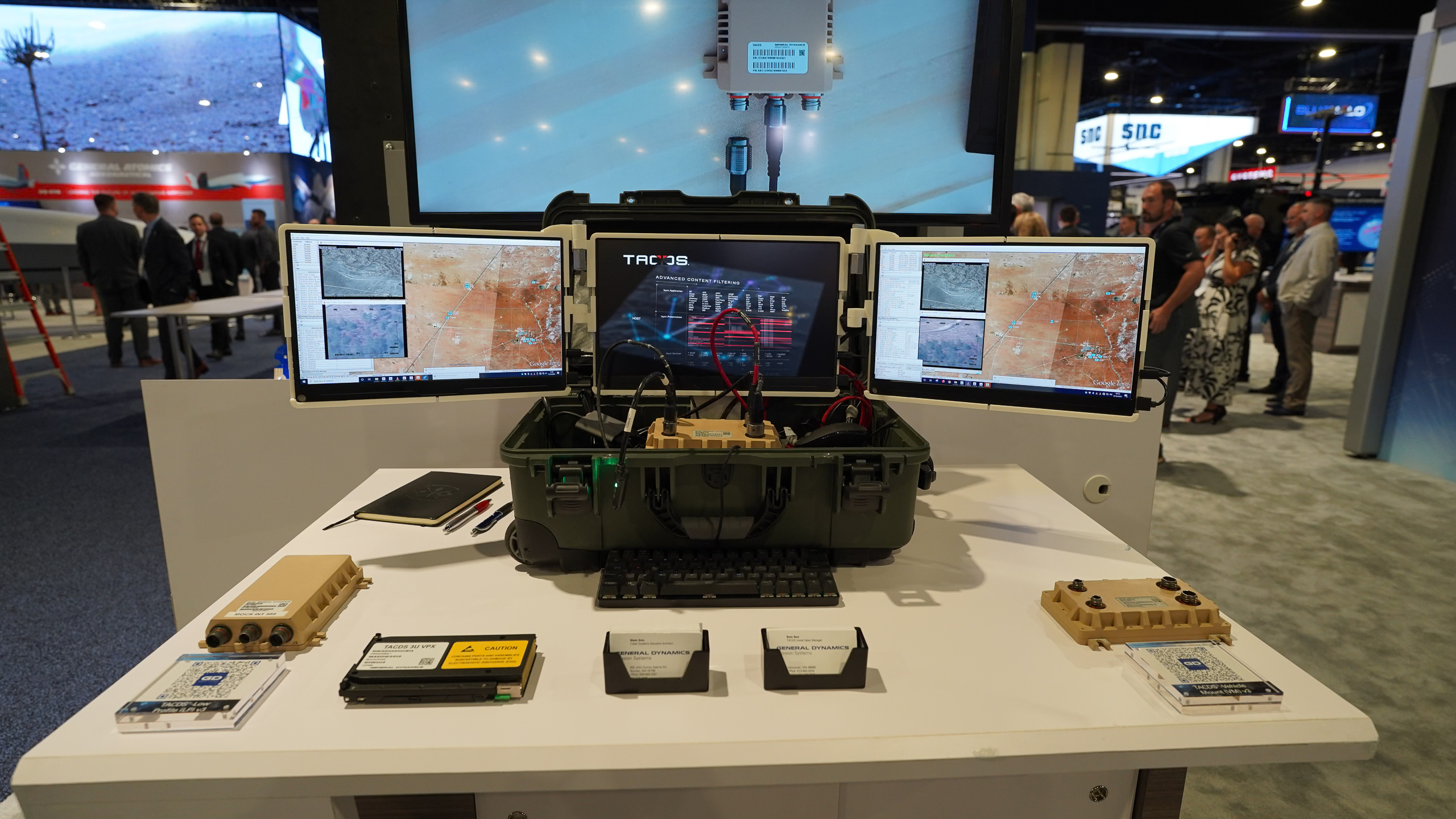Boeing’s F-15EX Eagle II features fly by wire flight controls and new electronic warfare equipment (Boeing)
BELFAST — An aircraft selection decision relating to Poland’s air dominance fighter jet program could be made as soon as the end of the year, according to a Boeing official.
Warsaw has long committed to acquiring 32 new multirole jets for the effort with rival bids from the manufacturer’s F-15EX Eagle II fourth generation type and the Eurofighter Typhoon on the table. A third option — another F-35A order — building off the $4.6 billion deal with Washington in 2020, has not been ruled out either.
“From our understanding, we are still trying to track when that [air dominance] decision is, we are of course meeting with the customer and also the political side, to make sure they understand the capabilities of the F-15EX,” said Marissa Myers, Boeing’s senior manager for fighter programs, business development, during the International Defence Industry Exhibition (MSPO) in Poland. “They have not given us a date per se, but we are targeting late 2024 or [early] 2025.”
Maj. Gen. Cezary Wisniewski, deputy general commander for the Polish Armed Forces, told Breaking Defense last year that as part of an initial evaluation stage for the air dominance program, he had dispatched a team to Italy to discuss Eurofighter Typhoon capabilities. Myers at the time declined to comment on whether the F-15EX was similarly assessed.
The jet is a modernized version of the legacy F-15, complete with digital fly-by-wire controls, glass cockpit and a new electronic warfare suite.
Myers also weighed in on the question of powerplant, saying that “if” Poland decided to place an order for Pratt and Whitney’s F100 turbo fan engine, an alterative to General Electric’s F-15EX qualified F110-129 powerplant, Pratt would face “cost and schedule” issues tied to a F100 certification and test phase.
Josh Goodman, F100 program director at Pratt and Whitney, told reporters on Sept. 3 that the company was campaigning for a Polish F100 order in support of the F-15EX offer, labelling the engine for Warsaw as “low risk” and one that would require a “couple of flight tests” to gain certification.
In 2021, General Electric secured a $1.6 billion F110 contract for the Eagle II, beating the F100 in the process, while opening the door to the potential supply of 329 engines. USAF works off a program of record of 98 aircraft for the jet, subject to intervention by Congress.
“There was a response of timing [concerning Polish air dominance engine requirements],” Scott Keating, regional general manager of sales and business development in Europe for defense and systems at GE Aerospace, told Breaking Defense at MSPO. “I’m not certain on how long that timing is, but it’s a risk,” if additional time is required for engine qualification. “We are the only qualified engine on the platform, that is a key element … the point that we want to illustrate is we are ready to serve, we are ready to deliver.”
He also shared that F110 production will “almost triple” in the next five years, adding, “we are ramping up our supply chains to meet demand.”
The GE offer also includes local sustainment benefits, with Poland able to maintain “90 percent” of engine shop replaceable units in country, according to Keating.
GE company literature [PDF] notes that in addition to powering all USAF Eagle II aircraft, the F110 is also integrated on 70 percent of the service’s “frontline” F-16 fleet and at an export level, Bahrain, Bulgaria, Jordan, Qatar and Taiwan have all selected it for F-15 and F-16 integration.
Planned export orders for the F-15EX include Israel acquiring up to 50 units, due to be named F-15IA. Tel Aviv’s acquisition was cleared by the US State Department last month, as part of a wider F-15 package, valued at $19 billion.
Additionally, in August 2023, Boeing and Indonesia signed a Memorandum of Understanding as a key milestone to finalize the sale of 24 Eagle II’s.


